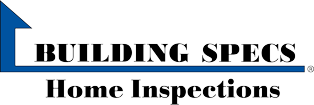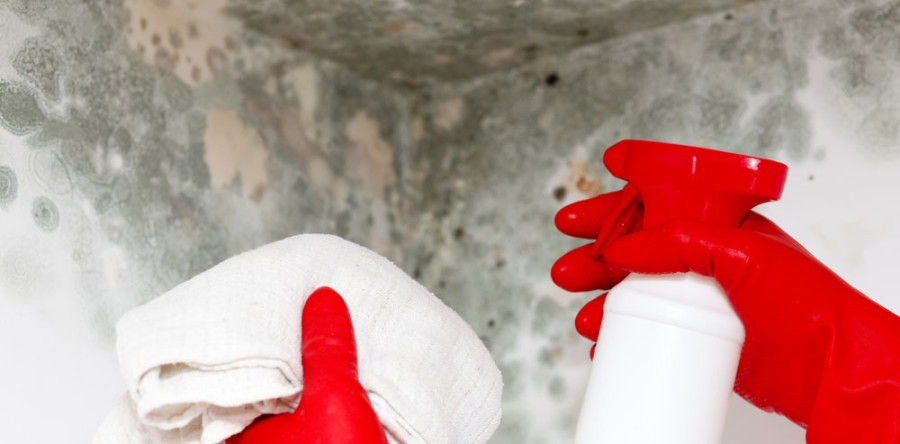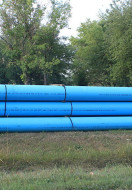Mold is second only to termites in damage to homes in the United States.
Building Specs Home Inspections has home inspectors trained to detect mold in your home, we swap and test to check levels and have partners that will come out and remediate if necessary. American Mold & Restoration is one of our affiliates in Maryland, Virginia and Washington DC and they have been remediating residential and commercial properties for over 15 years.
Introduction to Molds:
Molds produce tiny spores to reproduce. Mold spores waft through the indoor and outdoor air continually. When mold spores land on a damp spot indoors, they may begin growing and digesting whatever they are growing on in order to survive.
There are molds that can grow on wood, paper, carpet, and foods. When excessive moisture or water accumulates indoors, mold growth will often occur, particularly if the moisture problem remains undiscovered or un-addressed. There is no practical way to eliminate all mold and mold spores in the indoor environment; the way to control indoor mold growth is to control moisture.
Basic Mold Cleanup
The key to mold control is moisture control. It is important to dry water damaged areas and items within 24-48 hours to prevent mold growth. If mold is a problem in your home, clean up the mold and get rid of the excess water or moisture. Fix leaky plumbing or other sources of water. Wash mold off hard surfaces with detergent and water, and dry completely. Absorbent materials (such as ceiling tiles & carpet) that become moldy may have to be replaced.
Ten Things You Should Know About Mold:
- 1Potential health effects and symptoms associated with mold exposures include allergic reactions, asthma, and other respiratory complaints.
- 2There is no practical way to eliminate all mold and mold spores in the indoor environment; the way to control indoor mold growth is to control moisture.
- 3If mold is a problem in your home or school, you must clean up the mold and eliminate sources of moisture.
- 4Fix the source of the water problem or leak to prevent mold growth.
- 5Reduce indoor humidity (to 30-60% ) to decrease mold growth by: venting bathrooms, dryers, and other moisture-generating sources to the outside; using air conditioners and de-humidifiers; increasing ventilation; and using exhaust fans whenever cooking, dishwashing, and cleaning.
- 6Clean and dry any damp or wet building materials and furnishings within 24-48 hours to prevent mold growth.
- 7Clean mold off hard surfaces with water and detergent, and dry completely. Absorbent materials such as ceiling tiles, that are moldy, may need to be replaced.
- 8Prevent condensation: Reduce the potential for condensation on cold surfaces (i.e., windows, piping, exterior walls, roof, or floors) by adding insulation.
- 9In areas where there is a perpetual moisture problem, do not install carpeting (i.e., by drinking fountains, by classroom sinks, or on concrete floors with leaks or frequent condensation).
- 10Molds can be found almost anywhere; they can grow on virtually any substance, providing moisture is present. There are molds that can grow on wood, paper, carpet, and foods.







